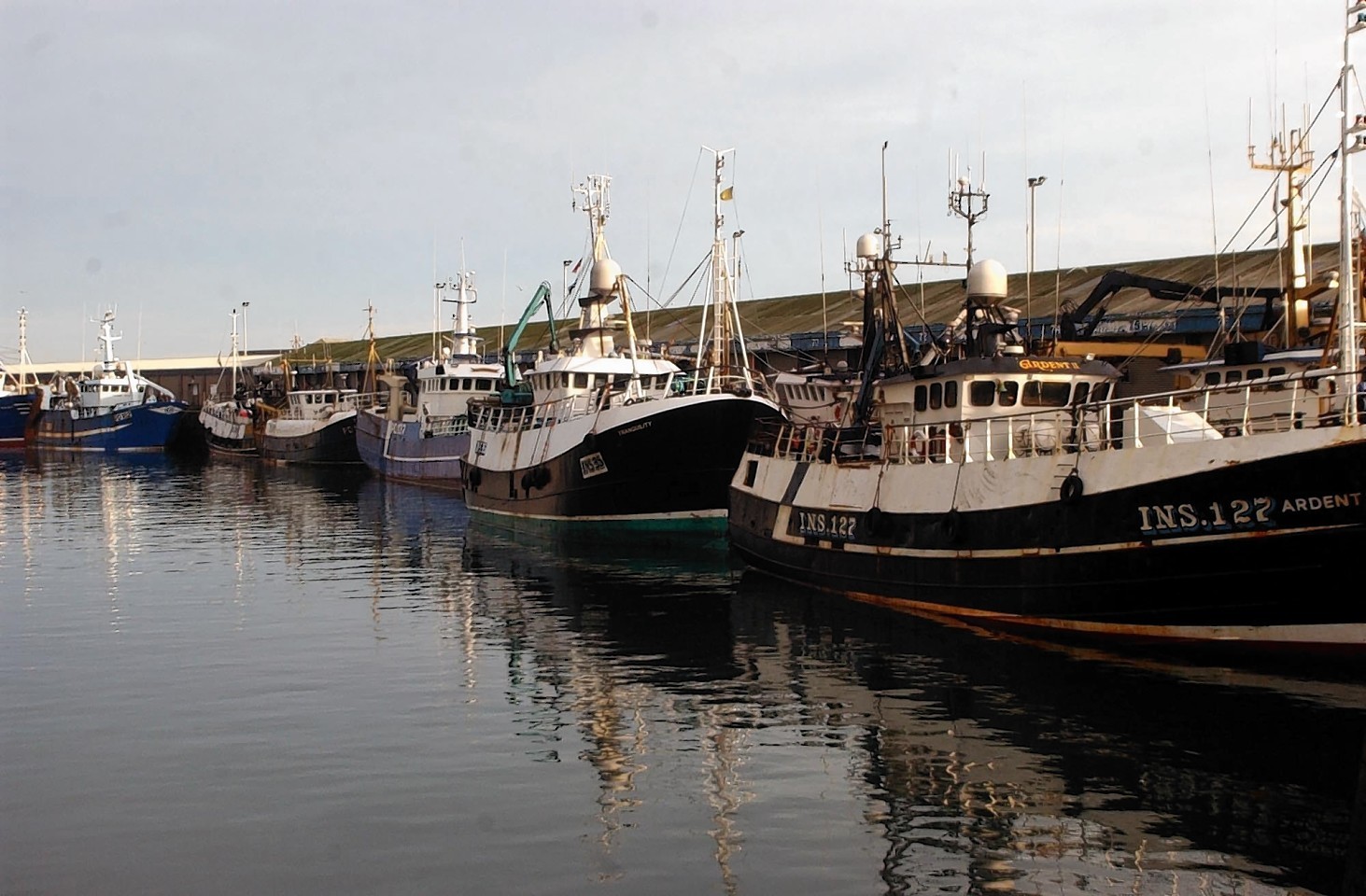Women could hold the key to keeping the language of Scots fishing communities alive, a new study has revealed.
Experts from Aberdeen University have spent the last six years studying the native tongues along the east coast for the Fisherspeak project.
Having examined how language has changed and evolved with the decline of the industry, they found women used traditional words more than men.
Project leader, Robert McColl Millar, professor in linguistics and Scottish language at the university, said the study had shed new light on what happens to language when tight-knit communities change.
“At one time everyone would have known each other and lived and worked together,” he said.
“As a result, small-scale and highly localised dialects developed, characterised by unique vocabulary which changed across a relatively small geographical area.”
Today many of those words and phrases are being replaced, not by standardised English but by larger regional dialects like Aberdonian.
However, the team discovered that young women in the fishing communities – particularly Peterhead – still knew more of the “fisher phrases” than their male counterparts.
“Around the coast we were surprised to find that many of the words which survived best are associated with the dressing and selling of fish, rather than the size or species,” he said.
“Words like chipper for a haddock of the right size to be served in a chip shop were more likely to turn up than pontie, a word for an immature haddock, historically found throughout Scotland.
“It is interesting that many of the words most recognisable today relate to the types of role within the industry that women would have performed.”
Prof Millar said the wide range of traditional dialects could be illustrated in the variety of words for gull – a bird universally unpopular whatever the fishing community, yet also regarded as “a badge of identity” for coastal people.
“In Wick it is a scorrie, while in Thurso it is a maa,” he said.
“In Peterhead, it is a scurrie, while in Fraserburgh they say myaave.”
Unlike the winged marauders, however, Prof Millar warned many of the specialised regional dialects were probably facing their “last gasp”.
“Inevitably, as communities and the fishing industry change, many of these traditional words will be lost,” he said.
“Many of the local words related to line fishing, such as gartlins (great lines) or scull (basket which held lines) were barely remembered by even the oldest informants.”










